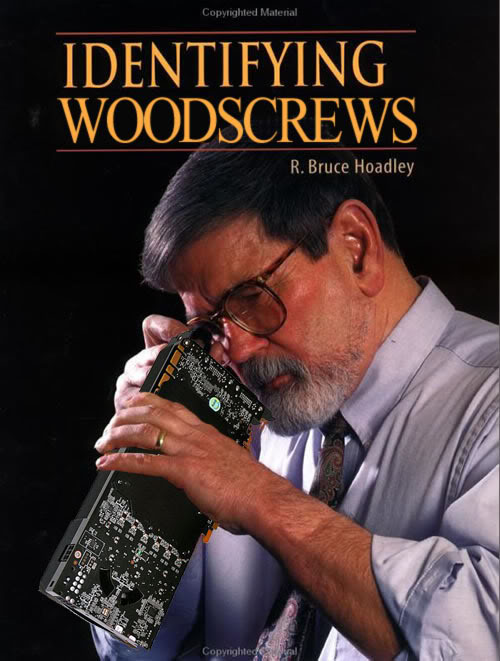TaintedSquirrel
[H]F Junkie
- Joined
- Aug 5, 2013
- Messages
- 12,691
http://www.extremetech.com/gaming/2...otype-allegedly-powered-by-maxwell-not-pascal
https://twitter.com/wayneborean/status/687179443572441088

https://twitter.com/wayneborean/status/687179443572441088
As Anandtech readers noted, the hardware Jen-Hsun showed was nearly identical to the GTX 980 in an MXM configuration. The new Drive PX 2 is shown above, the GTX 980 MXM is shown below. The hardware isn’t just similar — the chips appear to be identical. Some readers have also claimed they can read the date code on the die as 1503A1 — which would mean the GPUs were produced in the third week of 2015.
@SemiAccurate FYI, Nvidia has pulled the picture https://www.flickr.com/photos/21075872@N02/23556454063a … used in this article http://semiaccurate.com/2016/01/11/nvidia-pascal-over-a-year-ahead-of-1416nm-competition/ … hope you kept a copy!

![[H]ard|Forum](/styles/hardforum/xenforo/logo_dark.png)

